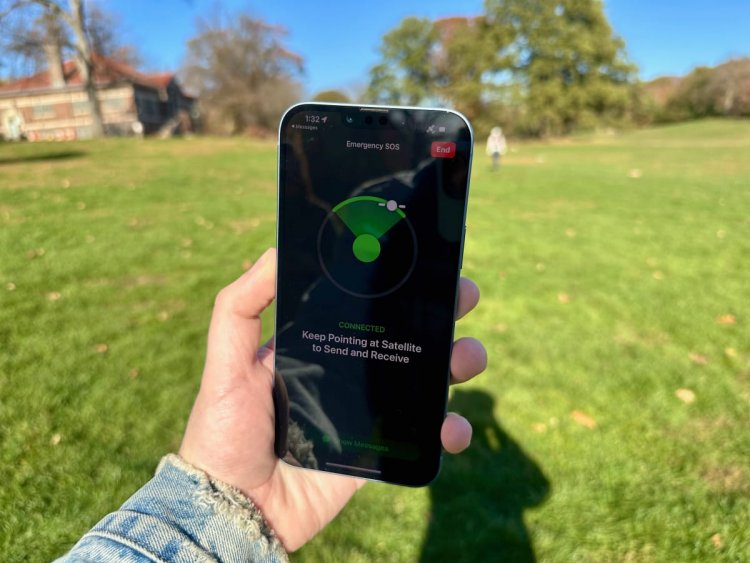IPhone Thieves Love to Use This Trick When They Steal Your Phone (How to Prevent It)
iPhone theft victims are reportedly having a tough time getting their photos, notes and other files as they contend with Apple's bureaucracy.

iPhone theft victims are reportedly having a tough time getting their photos, notes and other files as they contend with Apple's bureaucracy.
The cry recently went out across social media: "Please who knows how to track a stolen iPhone 13 pro."
The tweet came with a folded hands emoji, and responders offered tips, advice and suggestions, with one person urging the poster to "go out and buy a new one period."
That's not very helpful if a thief has locked you out of your own Apple (AAPL) - Get Free Report iPhone and is draining your bank account and personal information.
If someone walks off with your iPhone, they've taken a big chunk of your life with them.
The top places to have a phone stolen include restaurants, bars and nightclubs, workplaces, public transport, and on the street, according to IDG Research.
The data provider says that 44% of thefts happen because the victims left their phones unattended in public places.
In addition, 14% of smartphones are stolen from car and houses that were burglarized, and 11% are stolen directly from people, such as out of their hands, pockets, purses or bags.
No matter where or how it happens, we all (except for the thieves) can agree that having your iPhone stolen sucks -- big time.
Owners Are Locked Out of Their iPhones
The Wall Street Journal covered the issue of iPhone theft in an April 19 story that focused on victims' problems getting help from the computer giant.
Victims described how thieves changed the passcodes on the stolen phones, changed the passwords, and then enabled a security setting known as the recovery key to lock the victims out of their own devices.
While most victims who contacted the Journal were able to get their money back, those who were locked out of their Apple accounts by thieves using the recovery key had to contend with "complex policies and bureaucracy to retrieve their lost photos, contacts, notes, messages and other files."
The optional recovery key was introduced in 2020 to protect users from online hackers. A user who turns on the unique 28-digit code must provide it when they want to reset their Apple ID password.
IPhone thieves who obtain the passcode can flip on the recovery key and lock out the owners. And if owners already have the recovery key enabled, the thieves can easily generate new ones, which also locks out the owners.
Apple’s policy gives users virtually no way back into their accounts without that recovery key, the Journal reported.
Apple did not immediately respond to a request for comment. But a company spokesman told the Journal that "we sympathize with people who have had this experience and we take all attacks on our users very seriously, no matter how rare."
“We work tirelessly every day to protect our users’ accounts and data, and are always investigating additional protections against emerging threats like this one," the spokesman said.
What to Do if You're Locked Out of Your iPhone
The Journal offered consumers ways to prevent thieves with their passcode from turning on a recovery key.
-- Set a complicated passcode. You should always try to use Face ID when in public, but when you can’t, do rely on an alphanumeric passcode, which includes letters and numbers.
To set it up, go to Settings > Face ID & Passcode > Change Passcode. When selecting a new passcode, tap Passcode Options.
-- Use parental controls on yourself. Apple’s Screen Time -- which enables parents to place limits on their children’s accounts -- can also help you protect your Apple account. But you have to enable a Screen Time passcode. (Remember to make that passcode different from your iPhone passcode.)
In Settings, go to Screen Time and scroll down to set a passcode, if you haven’t already. Then go to Content & Privacy Restrictions, and toggle on Content & Privacy Restrictions. Scroll down to Allow Changes, then tap on Account Changes and select Don’t Allow.
What's Your Reaction?



























































